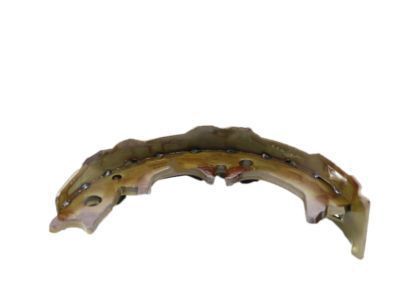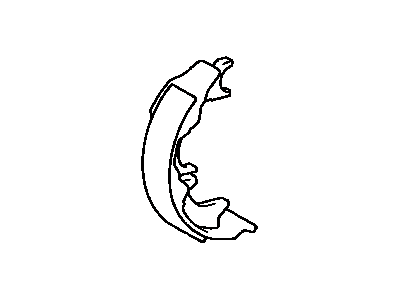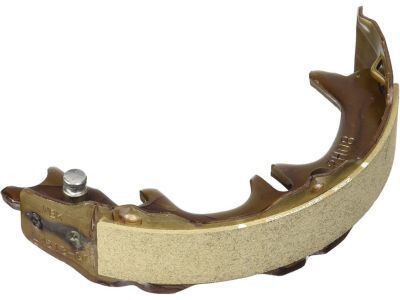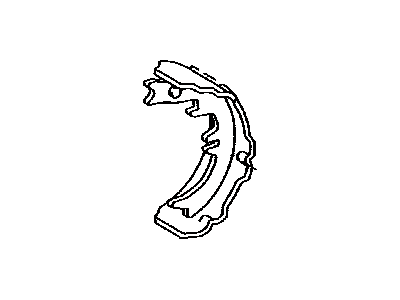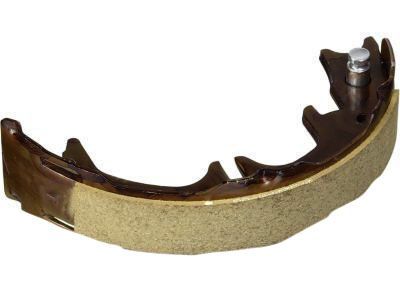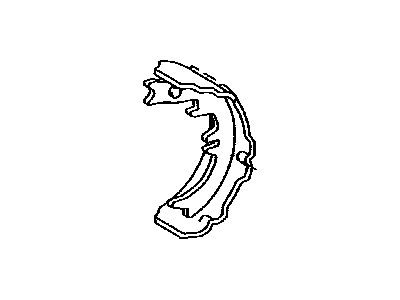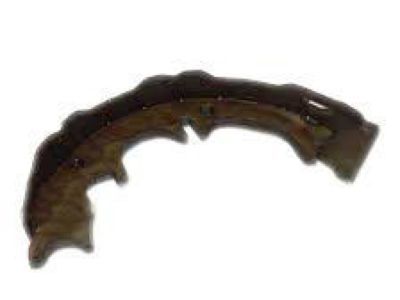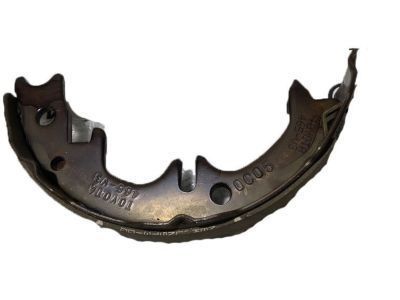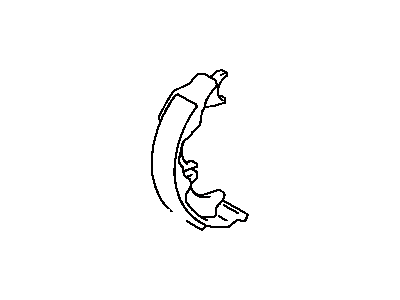

My Garage
My Account
Cart
Genuine Toyota Avalon Parking Brake Shoe
Emergency Parking Brake Shoe- Select Vehicle by Model
- Select Vehicle by VIN
Select Vehicle by Model
orMake
Model
Year
Select Vehicle by VIN
For the most accurate results, select vehicle by your VIN (Vehicle Identification Number).
7 Parking Brake Shoes found
Toyota Avalon Shoe Assembly, Parking Brake, LH
Part Number: 46540-20070$34.50 MSRP: $48.22You Save: $13.72 (29%)Ships in 1-2 Business DaysToyota Avalon Shoe Assembly, Parking Brake, LH
Part Number: 46590-06020$39.14 MSRP: $54.71You Save: $15.57 (29%)Ships in 1-3 Business DaysToyota Avalon Shoe Assembly, Parking Brake, RH Or Center
Part Number: 46550-06020$39.14 MSRP: $54.71You Save: $15.57 (29%)Ships in 1-3 Business DaysToyota Avalon Shoe Assembly, Parking B
Part Number: 46540-06030$31.17 MSRP: $43.57You Save: $12.40 (29%)Ships in 1-3 Business DaysToyota Avalon Shoe Assembly, Parking Brake, LH
Part Number: 46540-07010$34.50 MSRP: $48.22You Save: $13.72 (29%)Ships in 1-3 Business DaysToyota Avalon Shoe Assembly, Parking Brake, RH Or Center
Part Number: 46550-07010$34.50 MSRP: $48.22You Save: $13.72 (29%)Ships in 1-3 Business DaysToyota Avalon Shoe Assembly, Parking Brake, LH
Part Number: 46590-07010$38.43 MSRP: $53.71You Save: $15.28 (29%)Ships in 1-3 Business Days
Toyota Avalon Parking Brake Shoe
Parking Brake Shoe as the component located in Toyota Avalon automobiles, has the important function of holding the wheels to prevent the car from moving when it is parked. Through applying Brake Lining on the surface of the Parking Brake Shoe, the shoe is able to create a frictional force against the material of the drum wall hence, making it impossible for the wheels to rotate. It is necessary to note that in different models or types of Avalon varieties there may be variations in the types or styles of Parking Brake Shoe required, however, their primary role is identical, which involves securing the parked car.
If you are in demand for superior quality and affordable OEM Toyota Avalon Parking Brake Shoe, then shop with us! We own a wide range of the reduced-priced genuine Toyota Avalon Parking Brake Shoe. You can purchase in confidence as all parts come with a manufacturer's warranty. Any issues with our products? No need to worry as we have a hassle-free return policy to guide you every step of the way.
Toyota Avalon Parking Brake Shoe Parts Questions & Experts Answers
- Q: What are the steps and considerations for inspecting and maintaining brake system,Brake Booster and Parking Brake Shoe on 2007 through 2015 Toyota Avalon?A:When you sense your car pulling to one side, when there is squealing or dragging noise from the brakes, excessive pedal travel, pedal pulsations or fluid leakages, ensure that the regular brake system inspections are carried out. The disc brake pads have built-in wear indicators which give out high-pitched noises like a squeal or scrape when they approach their replacement point and demand an immediate change of pads to avoid expensive damage to the discs. Start by loosening the wheel nuts, then lift up the vehicle and place it on jackstands. Remove the tires. For disc brakes, check pad thickness through inspection holes on each calliper while ensuring that lining material is above a specified thickness. If accurate measurement seems impossible or in case there are doubts about it, remove the caliper and pads for closer scrutiny. Wipe off pads with brake cleaner and remeasure using a steel pocket ruler or vernier caliper. Reveal disc thickness using micrometer; determine scoring, gouging, or burnt areas. In case of any problems with them think about disc resurfacing or doing away with them altogether by replacing with new ones. Before mounting your wheels inspect brake lines and hoses for cracks, worn out spots, rusting signs, leakage points as well as bends to make sure that they don't have any sharp edges on them; as well they should not interfere with moving parts in addition to exhaust components. Damaged lines as well as fittings are repaired or replaced if necessary. For rear parking brake shoes in disc brakes inspect lining thickness by removing rubber plug from front of disc or by removing rear brake caliper and disc for more comprehensive evaluation into this area of interest. Parking brake shoes should be replaced once lining material gets close to recessed rivets or metal shoes within 1/16 inch from them. Check springs and adjusting mechanisms as well as drum side of brake discs for even operation and distortions if there are any. When you are done, just tighten the wheel nuts, snug them down, lower the vehicle and then finally tighten the nuts to the prescribed torque specifications. Observe pedal movement when starting engine with brake full depressed to perform a brake booster check. While driving with the engine on, there should be no change in brake pedal travel or distance covered by it. Switch off for 30 seconds and re-start the engine to confirm reduced pedal travel with each subsequent application. One more thing left-check whether your parking brake is effective or not by counting clicks up of handle or down of pedal while pressing it until fully engaged. The number of clicks should match the specified count thus one needs to adjust parking brake accordingly. Alternatively, verify parking brake effectiveness by parking on a steep hill in Neutral; if the vehicle rolls, perform parking brake adjustments.
Related Toyota Avalon Parts
Browse by Year
2018 Parking Brake Shoe 2017 Parking Brake Shoe 2016 Parking Brake Shoe 2015 Parking Brake Shoe 2014 Parking Brake Shoe 2013 Parking Brake Shoe 2012 Parking Brake Shoe 2011 Parking Brake Shoe 2010 Parking Brake Shoe 2009 Parking Brake Shoe 2008 Parking Brake Shoe 2007 Parking Brake Shoe 2006 Parking Brake Shoe 2005 Parking Brake Shoe 2004 Parking Brake Shoe 2003 Parking Brake Shoe 2002 Parking Brake Shoe 2001 Parking Brake Shoe 2000 Parking Brake Shoe 1999 Parking Brake Shoe 1998 Parking Brake Shoe 1997 Parking Brake Shoe 1996 Parking Brake Shoe 1995 Parking Brake Shoe
